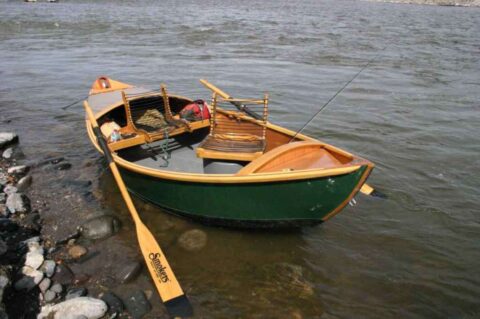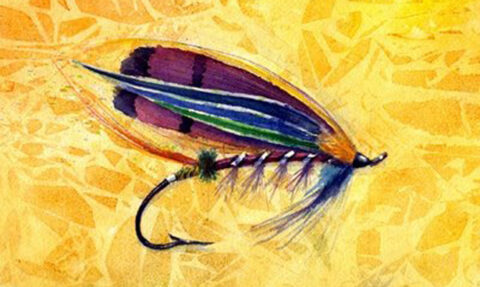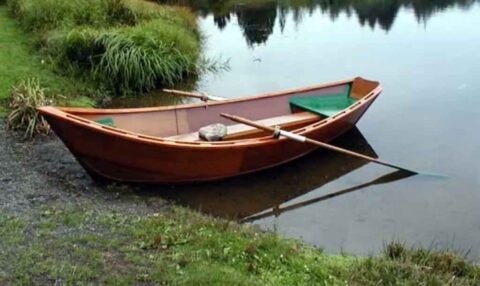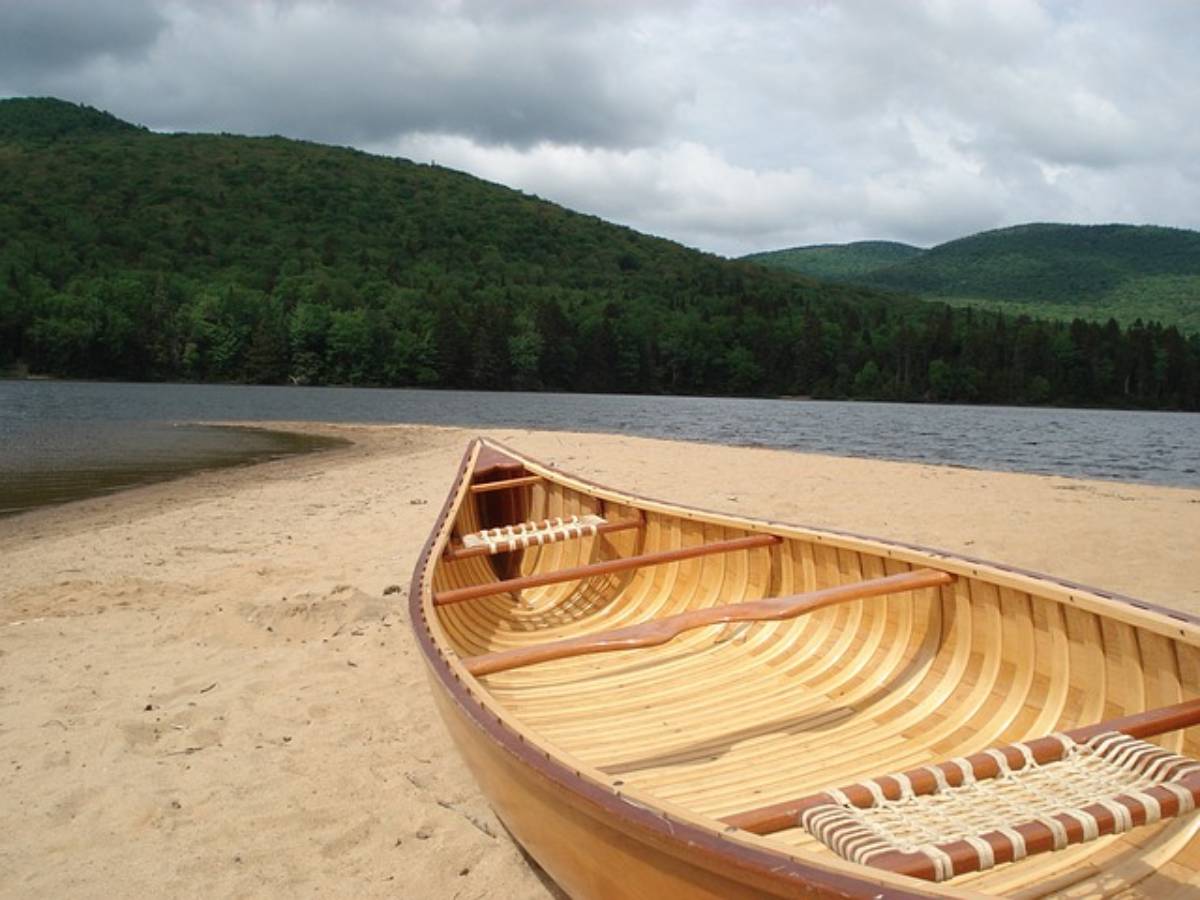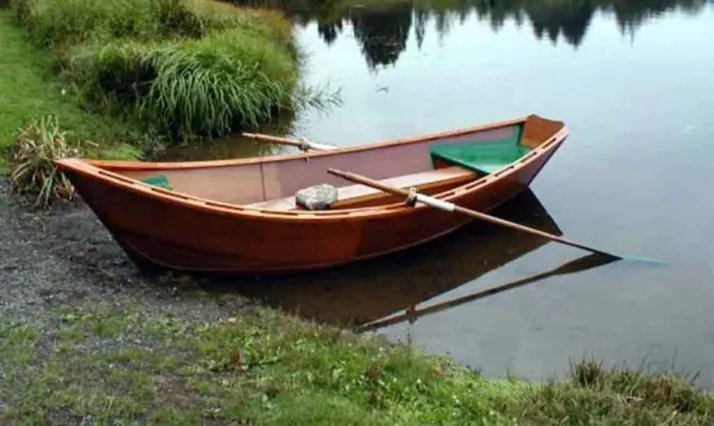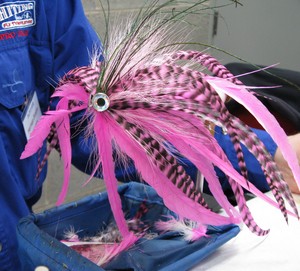 Fly fishing for pike is becoming more popular throughout the world — especially in early spring.
Fly fishing for pike is becoming more popular throughout the world — especially in early spring.
The reason for this is that pike seek shallow water when spawning, and they don’t strike as aggressively as they do in other seasons. Flies can be pulled slowly through the water, allowing time for lackadaisical pike to strike.
If you plan to go fly fishing for pike soon, make sure that you have the proper pike gear first.
Here’s what you need to know about fly fishing for pike…
Best Gear When Fly Fishing For Pike
You will need a fly fishing rod of 9 to 11 feet, along with a fly fishing reel and holding line of class 8 to 10.
Keep in mind that pike flies are large and bulky and they’ll be tied into a thick fly fishing leader tip of .35 to .40 mm.
This size of fly fishing leader tip is necessary to prevent it from tearing off when pike strike.
Years ago, fly fishermen would switch to a traditional rod and reel when fishing for pike. Today, fly anglers simply use the proper fly fishing gear for catching pike.
Pike Flies
The best fly I’ve used for pike is a 4-inch plastic tube covered with wings of soft hair that has a body covered in silver tinsel.
This fly pulsates when I pull the fly fishing line through the water. The extra wings allow the fly to sway. If only one wing is used, the fly will not be well-balanced, and it will tip in the direction of the fly weight. The plastic tube makes the fly easier to control, and I’ve had much success fly fishing to pike using this type of fly.
You definitely want to make your fly bright — especially if you are going to be fly fishing for pike in early spring. This type of fly should be used on fly fishing line that sinks slowly.
Try to jerk the line a little, but just enough to stop the fly from breaking the surface or sinking to the bottom.
Fly Fishing For Pike
If you have never been fly fishing for pike before, I strongly encourage you to give it a try!
One interesting thing worth noting is the fact that in spring, large pike tend to glide forward to take the fly instead of striking. Even pike as large as 25 pounds will tire easily and put up little resistance in the spring when they are spawning. However, when the spawn is over, the same pike will strike ferociously. The speed of the prey they strike on has little to do with the lightning speed of the strike. This is good news for fly anglers, as pike will take a fly at any time of the year, you just have to know where to find them.
Of course, you can also catch pike when fly fishing in the winter months too.
Whatever season you prefer to fish for pike, as long as you have the proper pike fly, you will be successful!
More Pike Fly Fishing Tips & Tricks
I enjoy writing about my life experiences — including the fun times I've had while fishing and enjoying nature. In my fly fishing articles I like to share helpful how-tos to help newbies grasp the most basic concepts of fly fishing.

